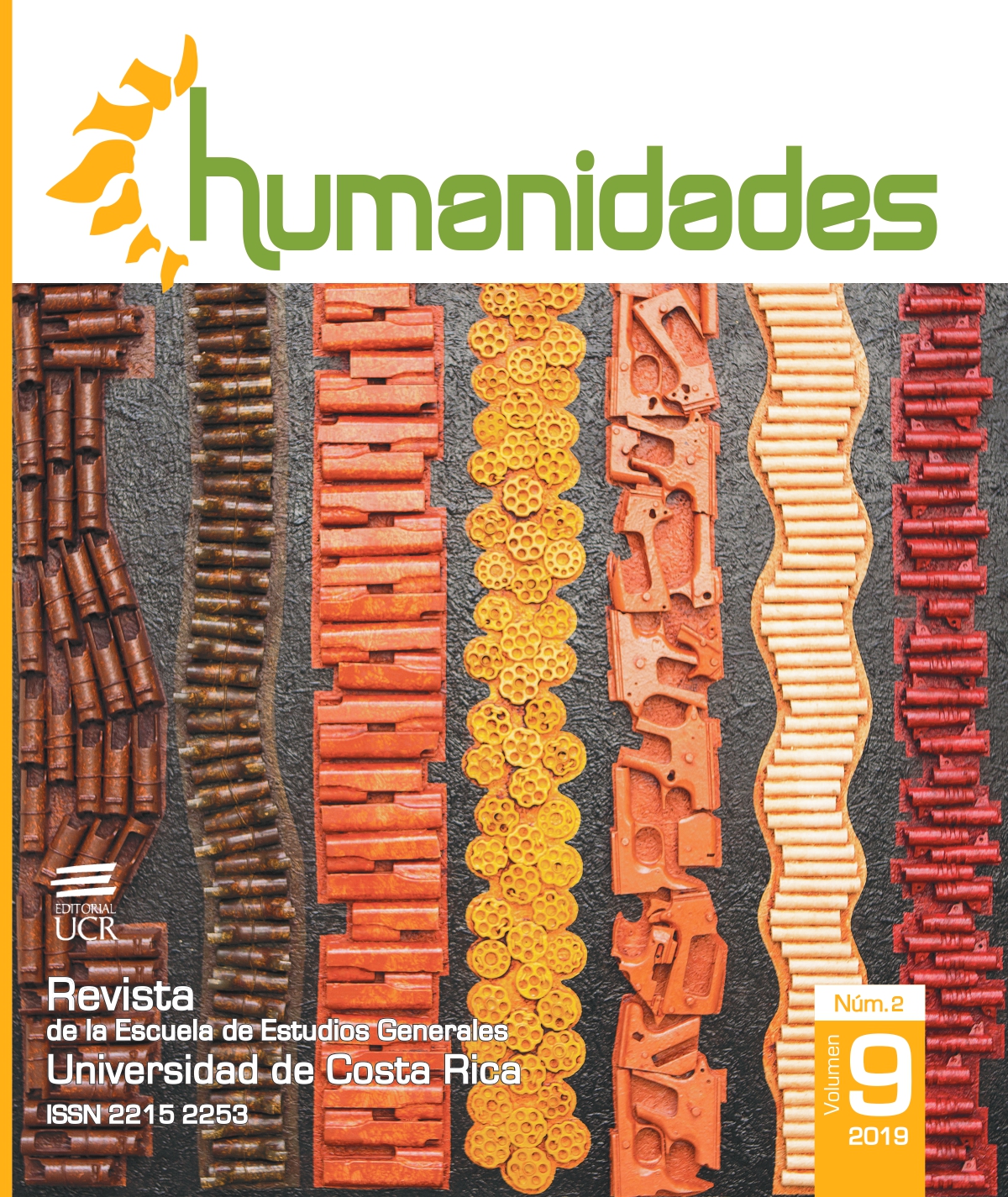Abstract
Stanley Kubrick’s film, 2001: A Space Odyssey, explores the relationship between technology, culture and discourse. The film, premiered in 1968, refers to subtexts in which the director asks about existence, being, time, artificial intelligence, will, life, death and rebirth. Therefore, this paper seeks to address the complex spectrum represented in the well-known intergalactic odyssey to generate a possible answer to the questions: How are the philosophical panoramas that reveal an interconnection between culture and technology interwoven in the audiovisual argument of the film? How do culture and technology relate to the term evolution as a creative mechanism of the human and, at the same time, as the architect of its destruction? These questions could be answered with the following hypothesis: 2001: A Space Odyssey reveals a relationship between culture and technology for the elaboration of a discourse that highlights the double articulation of the term evolution as a mechanism that creates the human and at the same time, as the architect of its destruction.
References
Abbagnano, N. (2000). Diccionario de Filosofía. México: Fondo de Cultura Económica.
Barrios, J. (2010). El cuerpo disuelto. Lo colosal y lo monstruoso. México: Universidad Iberoamericana.
Bunge, M. (2000). Epistemología. México: Siglo XXI Editores.
Casetti, F. (2000). Teorías del cine. España: Editorial Cátedra.
Darwin, Ch. (1963). El origen de las especies por la selección natural. España: Ediciones Ibéricas.
Heidegger, M. (2007). La pregunta por la técnica (y otros textos). Barcelona, España: Ediciones Folio.
Kroeber, A. & Kluckhohn, C. (1959). Culture: A Critical Review of Concepts and Definitions. USA: A Vintage Book. A Division of Random House.
Kubrick, S. (productor y director). (1968). 2001: una odisea del espacio [cinta cinematográfica]. Estados Unidos y Reino Unido: Metro Goldwyn Mayer Studios.
Lage Dávila, A. (2001). La ciencia y la cultura: las raíces culturales de la productividad. Revista Educación Médica Superior. 15(2), 189-205. Recuperado de http://scielo.sld.cu/pdf/ems/v15n2/ems08201.pdf
Maturana, H. (2003). Desde la Biología a la Psicología. Argentina: Grupo Lumen.
McLuhan, M. (1996). Comprender los medios de comunicación. Las extensiones del ser humano. México: Paidós.
McLuhan, M. & E. (1990). Leyes de los medios. La nueva ciencia. México: Paidós.
Morin, E. (2001). El cine o el hombre imaginario. Barcelona: Paidós.
Morin, E. (2009). El Método 5. La humanidad de la humanidad. La identidad humana. Madrid: Ediciones Cátedra.
Nietzsche, F. (2004). Así habló Zaratustra. México: Porrúa.
Sadoul, G. (1998). Historia del cine mundial, desde los orígenes. México: Siglo XXI.


